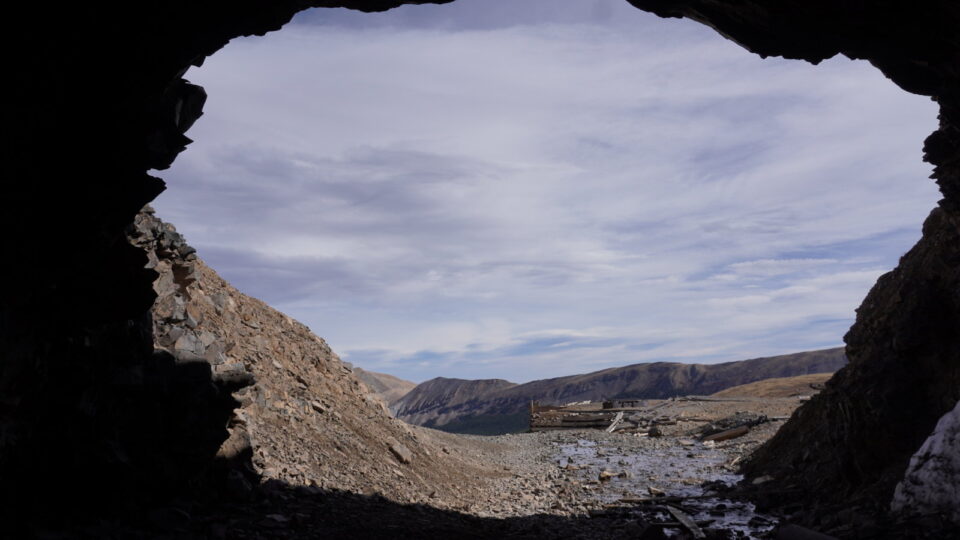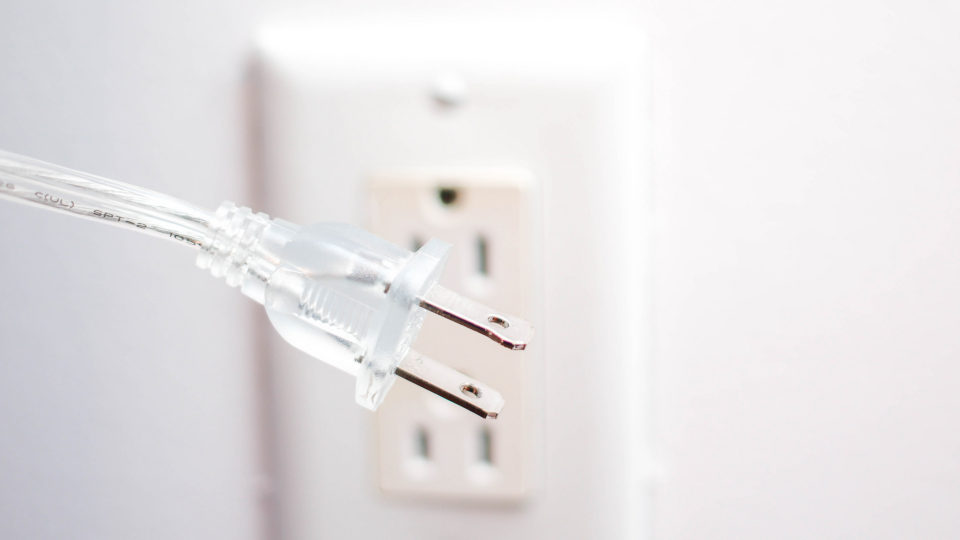An international study led by researchers from Austria has developed a novel way to store energy by transporting sand into abandoned underground mines. The technique is called Underground Gravity Energy Storage or UGES.
As the world deploys growing amounts of wind and solar energy, it is increasingly important to find ways to accessibly and efficiently store that energy to eliminate the inherent variability of the generation. There are many ways to store energy on a short-term basis – most commonly in batteries – but cost-effective long-term storage is still in its early stages.
The UGES technique generates electricity by lowering sand into an underground mine thereby converting the potential energy of the sand into electricity by the same regenerative braking effect used in hybrid and electric cars. The lowering sand operates a generator. Storing energy is accomplished by lifting the sand from the mine with electric motors to an upper reservoir where it is ready for the next cycle. By its nature, this storage technique has an indefinite duration, unlike batteries, for example, which lose energy to self-discharge.
The main components of UGES are the mineshaft, motor/generator, sand storage sites, and mining equipment. The deeper and broader the mineshaft, the more power can be extracted from the plant, and the larger the mine, the more energy can be stored. Mines generally already have the basic infrastructure needed and are connected to the power grid. The researchers estimate that there is global potential of 7 to 70 TWh of storage. Total global generating capacity is currently at the lower end of that range.
**********
Web Links
Turning abandoned mines into batteries
Photo, posted October 21, 2020, courtesy of Christine Warner-Morin via Flickr.
Earth Wise is a production of WAMC Northeast Public Radio





